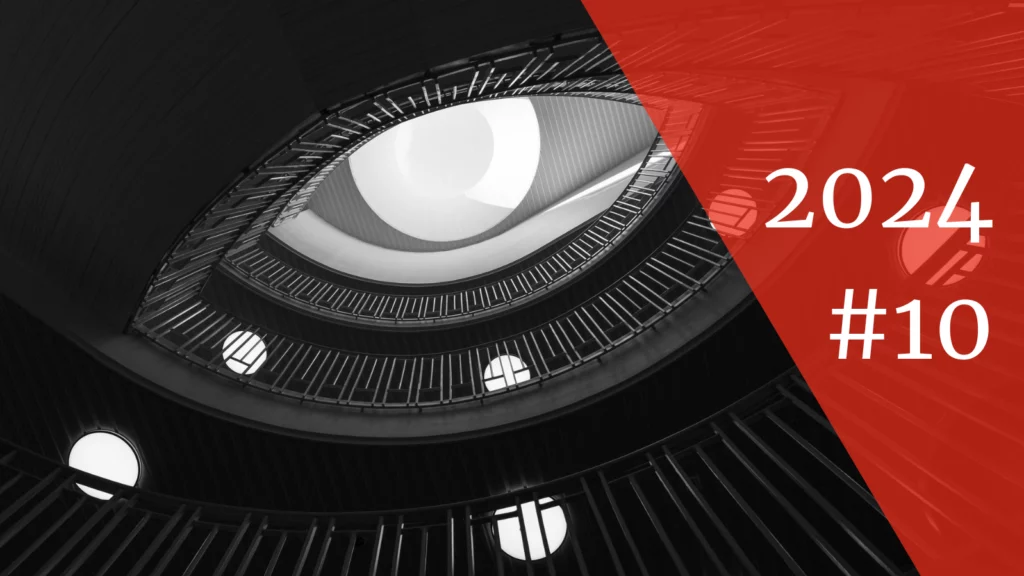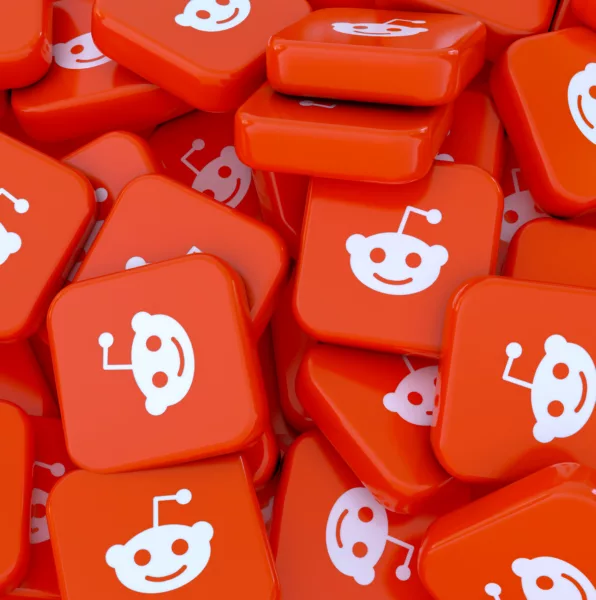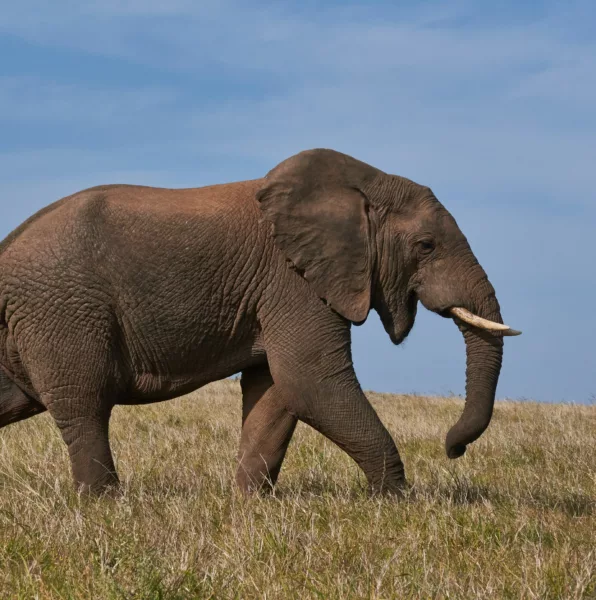While scientists, policymakers and activists are very present in the climate dialogue, other voices are less likely to be heard. In her study, İlkay Unay-Gailhard from the Leibniz Institute of Agricultural Development in Transition Economies (IAMO) analyzed how young farmers are using TikTok to get involved the global discourse on agriculture and climate change.
„Farmers need to be active actors in climate communication“

Mrs Unay-Gailhard, with your colleagues Kati Lawson and Mark A. Brennan you investigated hoh2 farmers communicate about climate communication on TikTok. Why were you interested in this group’s role in the climate dialog?
The starting point was the characteristics of food production. It contributes to climate change but it’s also deeply affected by it. Within this dual nature, we observe that farmers are receivers of information on how to deal with food production, how to adjust farming practices to climate change and how to construct a new consumer farmer relationship. Climate dialog in the media is mainly headed by policymakers, scientists and activists.
Farmers have been a silent group for a long time. They are still in the early stage of using social media, but we see that they are slowly becoming agricultural advocates, environmental activists, or non-expert participants in the climate dialog. Particularly young farmers would like to talk more about their environmental concerns. We were wondering what happens if farmers speak about their climate issues on social media? Which type of climate dialog engagement occurs?
Why did you decide to explore the communication on TikTok?
TikTok is a platform that is known for the use of dynamic videos with humor and sarcasm instead of serious, lecture-like content. Typically, millennials and Gen Z are using TikTok. There is growing evidence that alternative ways to communicate climate change other than using shock and fearful tones, such as playful demonstration versus a lecture style or humor versus anger, influence climate dialog engagement. For example, a study by Maxwell Boykoff and Beth Osnes1 proposes that humor and sarcasm can be an effective alternative way of communication in the climate dialog. This is because the use of humor, metaphors, and cultural references has the power to reach an audience with less tension.
You focused on the concept of “digital empathy”. What does that mean?
Briefly, empathy is the ability to emotionally understand other people’s feelings, experiences, and viewpoints. In our study, we used this concept in the digital geography. Digital empathy is a concept that is arising also among other disciplines, for example in medical care since lots of countries are switching to online medical care. That’s why digital empathy, the empathy between doctor and patient, becomes important.
Mit dem Laden des Beitrags akzeptieren Sie die Datenschutzerklärung von TikTok.
Mehr erfahren
The importance of empathy in climate communication studies began to be documented in recent years. For example, a study by Janet K. Swim and Brittany Bloodhart2 investigated the images of polar bears that are harmed by climate change and are often used in environmental campaigns. Their findings show that empathic messages facilitate donating to environmental groups.
Due to the growing polarization of climate change communication, we assume that the framework of digital empathy holds an important potential to understand climate dialogue engagement patterns among non-experts.
How did you conduct your research?
In the first step, we analyzed comments on the selected TikTok videos. We collected TikTok posts from January to February 2022 by using the most popular UN COP26 hashtags such as #cop26glasgow that were used together with farming related hashtags such as #farmlife. We end up with 29 eligible videos that consist of 2965 conversations and involve 187 accounts from the US, the UK, Canada, Ireland, Australia and New Zealand. Then we analyzed the dialog engagement in each video. For the category of emotional empathy, we identified comments that expressed feelings, perceptions, and viewpoints with warmth and compassion towards the dialog participants. Regarding the category of cognitive empathy, we analyzed comments that aim to further explore or improve the understanding of the perceptions of the dialogue participants with questions or interpretations.
Which kind of reaction did you observe in the comments?
Our study found that when farmers speak about their climate concerns the typical empathic engagement is an emotional reaction. The followers expressed their viewpoints with compassion towards TikTok farmers or the dialogue participants with supportive messages, such as „What you are telling makes sense to me“.
However, comments that contain cognitive empathy were high only for certain TikTok videos. We concluded that alternative ways of communication with dynamic videos can trigger an emotional reaction, but most of the time that was not sufficient to create cognitive empathy. We also observed that the TikTok farmers’ mood and tone matter to attract non-experts to the climate dialogue. Climate dialog engagement with diverse communities including farmers and non-farmer communities with cognitive empathy depends on the relationship between the identity and the story of the farmer.
Why do farmers use TikTok for their communication?
One of the highly pronounced reasons is the self-representation to a global audience with a simple action by micro-videos and an easy communication style. Another reason is related to the platform’s potential as a dynamic learning landscape. Most of the interviewed farmers mentioned that the Q&A feature allows their followers to ask or answer questions.
What can we learn from your study?
This study helps to explain why today’s farmers are moving from a climate silent group to a louder group. It could highlight how digital empathy could breakdown the silence among traditionally more quiet communities.
We could wrap up with the point that farmers need to be active actors in climate communication like policymakers and media activists. Consumers follow them because they want to know more and more: who are their farmers? Transparency of the agri-food system is very important for today’s consumers and social media platforms are a potential for farmers to speak up.
At what points is further research needed?
We can’t explain with further detail the question of “Why do we have strong cognitive reactions only for certain TikTok accounts?”. We need to take a closer look at these videos and their users to see how they create their identity and their messages. Our results may assist future studies that aim to explore further the cognitive engagement in climate dialog and its relationship between the story and the identity. We also need further research to understand whether these alternative ways of communication help or hinder the climate dialogue.
What new research ideas emerged from your study?
The topic I’m currently working on isn’t directly derived from the results of this study, but it has something in common. I’m researching the images of urban farmers on social media. Our previous findings acknowledge the importance of visual representations in shaping career inspirations towards farming. This new, ongoing research investigates the social media accounts of institutions involved in urban farming.






